Below is a list of our most commonly asked questions. Don't see what you are looking for? Ask us a question using the form at the end!
Frequently Asked Questions
Should I use standard plate or quasi isotropic plate for my application?
One of the great benefits of composite materials is that they can be tailored and optimized for specific applications. Orienting more fibers in one direction than another creates mechanical properties that vary depending on the direction, and this can be taken advantage of. For example - If you orient carbon fibers in one direction the resulting laminate will have far greater strength and stiffness in that direction, and we call this uni directional plate. Quasi isotropic plate on the other hand has fibers running in the greatest number of directions, resulting in a material that has a uniform strength and stiffness in all directions. Our standard plate has fibers oriented in the 0 and 90 degree directions and is not as uniform as quasi isotropic plate, however, this works well for most applications, and is the most cost effective configuration. For more details on this subject, see the link below.
How do I glue carbon fiber?
The strongest adhesives in terms of tensile strength are epoxy. There are a wide range of epoxy adhesives available for different applications. Epoxy is a two part system with a resin and a hardener. These components must be mixed thoroughly in exacting proportions in order to achieve the mechanical properties outlined in the adhesive data sheets. Once mixed you will have a limited amount of time to glue your parts before the adhesive hardens. Some things to consider when choosing your adhesive include pot life, strength, viscosity, and temperature rating. Loctite and 3M are a great source for quality structural epoxy. Surface preparation is also very important to a quality bond. You can either rough up the surface with sandpaper, or use carbon fiber with a matte side. In either case it is recommended that you clean the surface to be bonded with isopropyl alcohol.
What are cored panels used for?
Cored panels are ideal for applications that require vastly increased stiffness/weight and strength/weight ratios. Common applications include aircraft interiors, race cars, and UAV chassis. The carbon fiber material on the exterior of the panel provide strength and stiffness while the core simply keeps these layers separated. The distance between these layers has the greatest affect on stiffness and strength. The result is a material that behaves very much like an I beam, where the carbon fiber is the flange and the foam core is the web. Using these principles, It is easy to achieve stiffness/weight and strength/weight ratios that are an order of magnitude greater than solid carbon fiber plate of the same weight.
How do you cut carbon fiber plate?
Professional machine shops typically use a waterjet machine with a drill head or a milling machine with carbide burrs and dust collection to cut and machine carbon fiber plate. Those that do not have access to these expensive machines coften find great success with far less expensive hand tools such as dremels and jig saws. The key is to use tools that are either diamond abrasive or solid carbide. All other tools will dull rapidly because carbon fiber is abrasive. Carbon fiber plate can also be sanded easily. You must wear the proper safety attire, including but not limited to a mask, safety glasses, rubber gloves, and protective clothing. The dust causes skin irritation and is conductive. Dust management should be the focus of any carbon fiber cutting project.
Don't see what you are looking for? Ask us a question using the form below and we will get right back to you.

